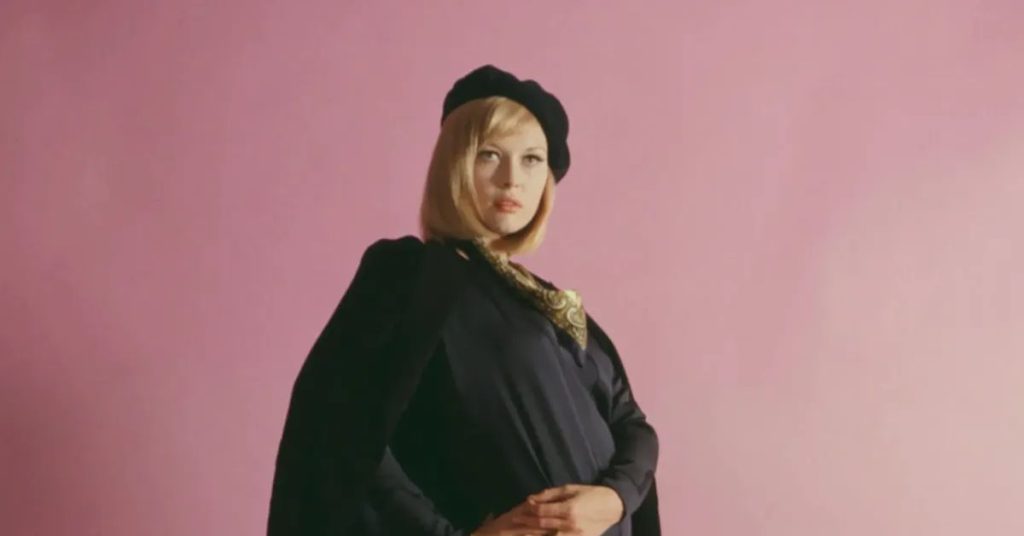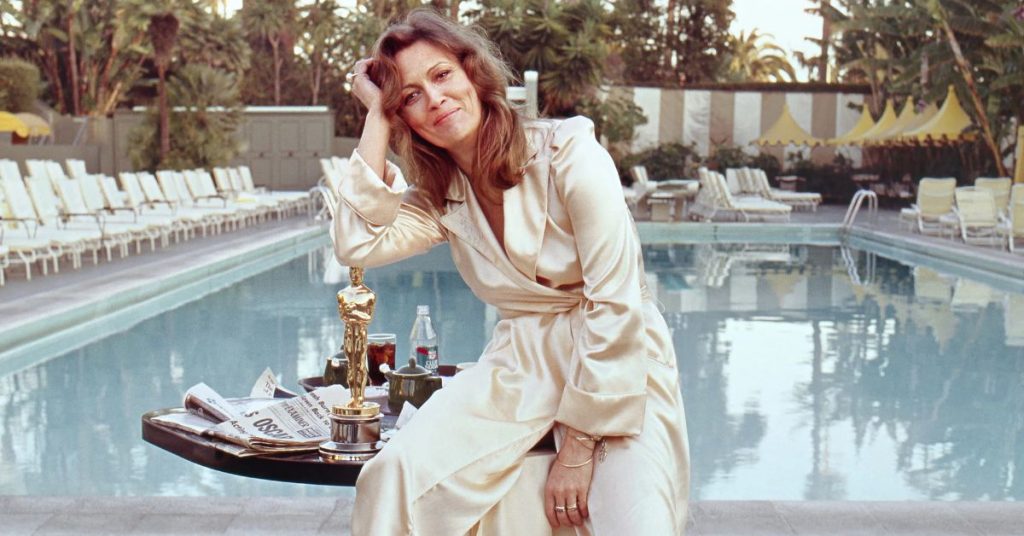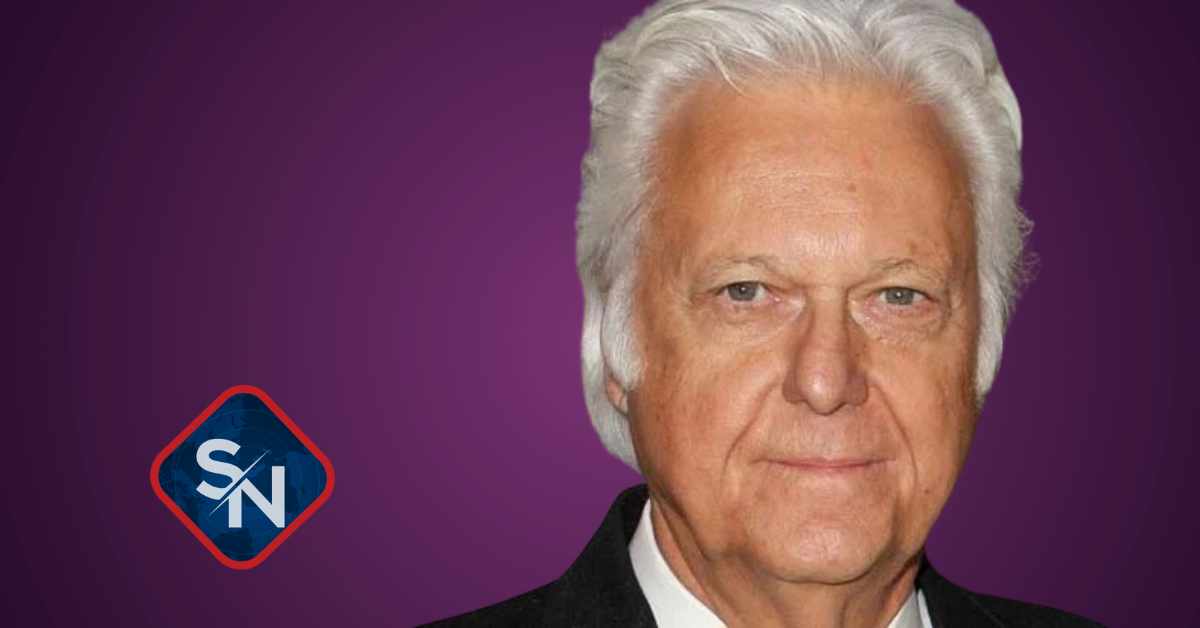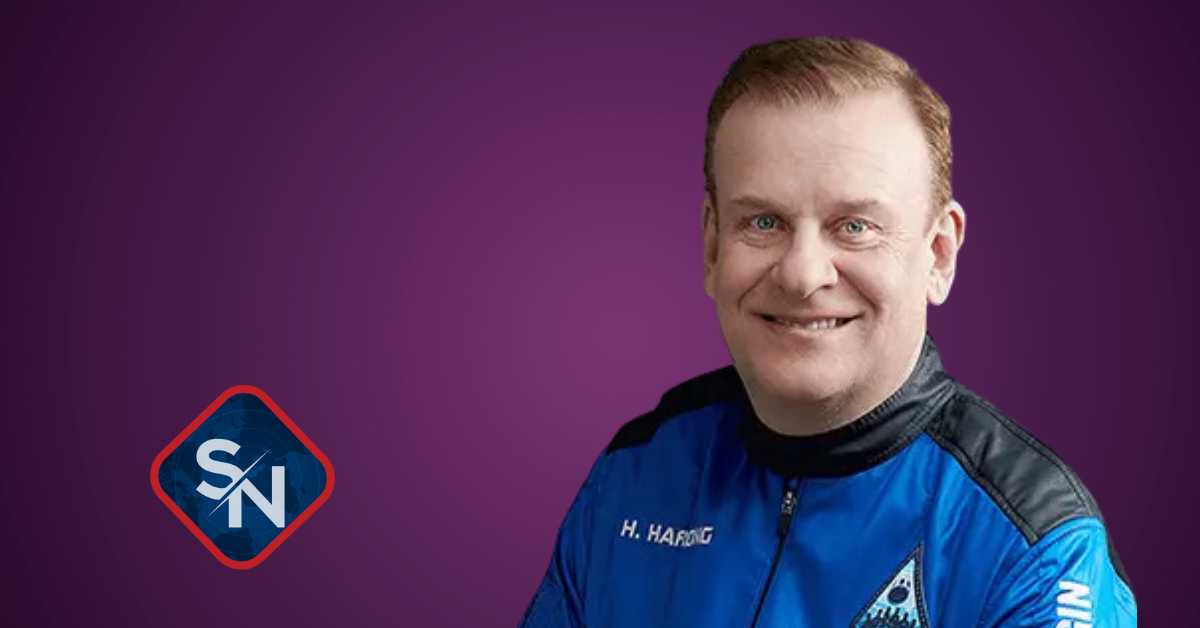People say it might be the best picture ever taken in Hollywood, Faye Dunaway is seen lying on a chair next to the pool at the Beverly Hills Hotel the morning after winning an Oscar.
There are lots of newspapers about the awards show spread around a table where her shiny golden statuette sits. While the actress looks at the ultimate prize, she seems disappointed as the truth of it hits her.
“What I love is that ‘Is that all there is?’ was kind of the theme to it,” says the legendary performer, who is the subject of an HBO documentary that starts at 8 p.m. ET/PT Saturday and can be streamed on Max.
“Faye” is an honest and loving picture of a woman who ruled the silver screen from the late 1960s to the mid-1970s, when American movies caught up with the chaos and upheaval of today.
If you’re from Generation X, you may know Dunaway, who is now 83 years old, and remember one or two of her movies.
For example, the 1981 camp classic “Mommy Dearest,” which was based on the life of Joan Crawford and almost ended her career. Before there was technology, the picture of Dunaway as Crawford yelling at her adopted daughter, “No wire hangers!” was good enough to be a joke.

People in Gen Z probably don’t know much about Dunaway. The HBO documentary is a great way to introduce this generation to an artist who was often called tough because she was complicated.
“Faye” shows in a sensitive way that Dunaway wasn’t just fighting against the normal sexism in show business against strong women. At the time she was doing great things, she was having a hard time with bipolar disease.
“Faye,” directed by Laurent Bouzereau, includes a lot of his in-depth interviews with Dunaway, as well as film clips, archival footage, and interesting conversations with her son Liam Dunaway O’Neill and her close friend Sharon Stone, among others.
Here is a link to my Instagram. Please check it out.
Dorothy Faye Dunaway grew up in Florida with an alcoholic father and a mother who finally divorced him and raised her alone. In Florida, pretty Southern girls who wanted to be actresses competed for beauty queen titles.
Dunaway won a contest called “Sweetheart of Sigma Chi” while she was at the University of Florida. She then moved on to Boston University and joined a Lincoln Center repertory play run by director Elia Kazan.
Dunaway got noticed for her great performance off-Broadway in 1965’s “Hogan’s Goat.” She then got cast opposite Warren Beatty in 1967’s “Bonnie and Clyde,” which was a turning point in culture that helped create New Hollywood with its violence, humor, sense of pain, and willingness to show things like sexual impotence.
As one-half of the famous bank-robbing duo from the Great Depression, she became famous quickly and set a fashion trend with her eye-catching costumes, which were designed by Theadora Van Runkle.

Dunaway said in an early interview around that time, “Success is freedom,” which was mostly true for women in movies at the time. She went on to give great performances in standards like “The Thomas Crown Affair” with Steve McQueen in 1968, “Chinatown” with Jack Nicholson in 1974, and “Network,” a scathing satire, in 1976. The Best Actress Oscar went to her for her part as a fragile TV executive who had a knack for reality TV.
At that time, wanting more control over your projects and having strong views were seen as positive traits for men but negative traits for women. In “Faye,” Dunaway talks about the unfair treatment of women in the film industry.
She tells the famous story of how she left the set of “Chinatown” because director Roman Polanski (who later pleaded guilty to having sexual relations with a minor and fled the United States) pulled a hair off her head that was blocking a shot.
She says that after that, Nicholson called her “Dread,” which made her very happy.
“Network” is the most daring thing Dunaway has ever done as an actor. People remember Peter Finch’s “I’m mad as hell” speech as unhappy TV host Howard Beale, but they should also remember how hard Dunaway worked to play Diana Christensen, a woman who ruled an industry that was mostly run by men.
She means it when she says, “All I want in life is a 20 share and a 30 rating.” There is no love in this character, and it doesn’t show up until the very end of the story. As Diana, Dunaway is very attractive, but she never takes the easy way out, which might have made people feel sorry for her.
After reviewers called “Mommy Dearest” a failure (the documentary says it needed a director who would have toned down the midnight movie elements), Dunaway had a hard time getting back on track.
Also Read: Shannen Doherty, Star of ‘Beverly Hills’ and ‘Charmed,’ Dies at 53: Obituary
“Mets were found in my brain on January 5th,” Doherty wrote under a video of herself getting radiation.
Her work was always important to her, so she kept taking chances in smaller movies. In the 1987 movie “Barfly,” she played an unattractive alcoholic. In HBO’s “Gia,” she played Wilhelmina Cooper, head of a modeling agency, opposite a young Angelina Jolie and won a Golden Globe.
When news comes out about Dunaway’s mental health problems, “Faye” is at its most emotional. Most honest comments come from Dunaway herself, who says, “So now you see what it is about me,” during a scene that shows how she tends to micromanage. Not simple.
She talks about how her bipolar disorder has affected her life both in front of and behind the cameras. Dunaway also talks about her battles with manic depression and alcoholism. She talks about how medicine and treatment have made her happier and healthier.
“I think you should ask yourself: Would she have been that good if she wasn’t in so much pain?” “That means she wouldn’t have been able to touch people who were acting,” her son says. “You have to accept the good and the bad.” It’s just how things are.
It takes guts to show how you feel in movies like Dunaway’s, but it takes even more guts to keep up a full personal life while meeting all of her obligations. The most interesting part of “Faye” is when it talks about how Dunaway adopted a son with her then-husband, photographer Terry O’Neill (who took her famous Oscar picture), and started being a mother at about the same time she started working on “Mommy Dearest,” where she had to play the abusive parent of an adopted daughter.
Dunaway is shown at the Cannes Film Festival in 2011, the year she was picked to be the festival’s face. The documentary is almost over at this point. As the cameras take pictures, Faye, the megastar, gets into gear and shows off all of her charm.
“Faye” shows that Dunaway’s ability shines through on any screen, whether it’s a big TV, a small phone, or your pocket. As author and critic Mark Harris says, she has an important quality. “In one word: Faye Dunaway cannot be ignored.”
FAQs
What is the documentary about?
The documentary is a comprehensive and intimate look at the life and career of Faye Dunaway, one of Hollywood’s most iconic actresses. It explores her early life, rise to fame, and most notable roles, as well as her struggles and triumphs.
What is the focus of the documentary?
The documentary focuses on Faye Dunaway’s remarkable career, including her early days as a Broadway performer, her breakthrough roles in films like “Bonnie and Clyde” and “Chinatown”, and her later work in TV and film.
Who is involved in the documentary?
The documentary features exclusive interviews with Faye Dunaway herself, as well as friends, family members, and colleagues, including Warren Beatty, Peter Bogdanovich, and Roman Polanski.



